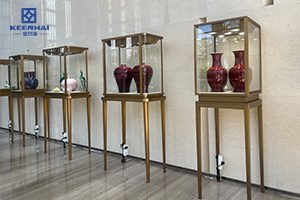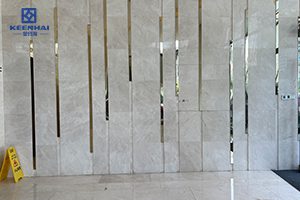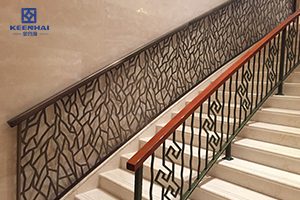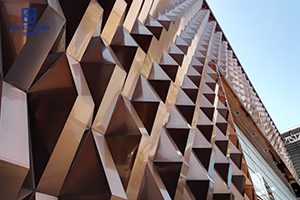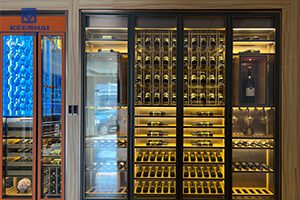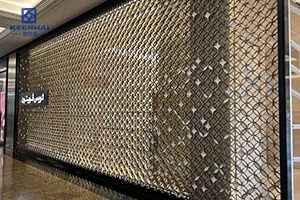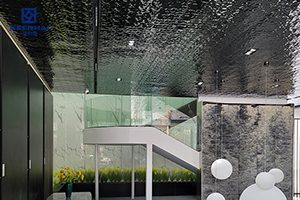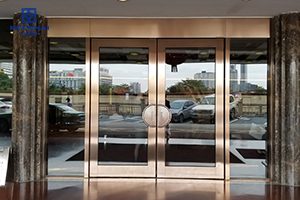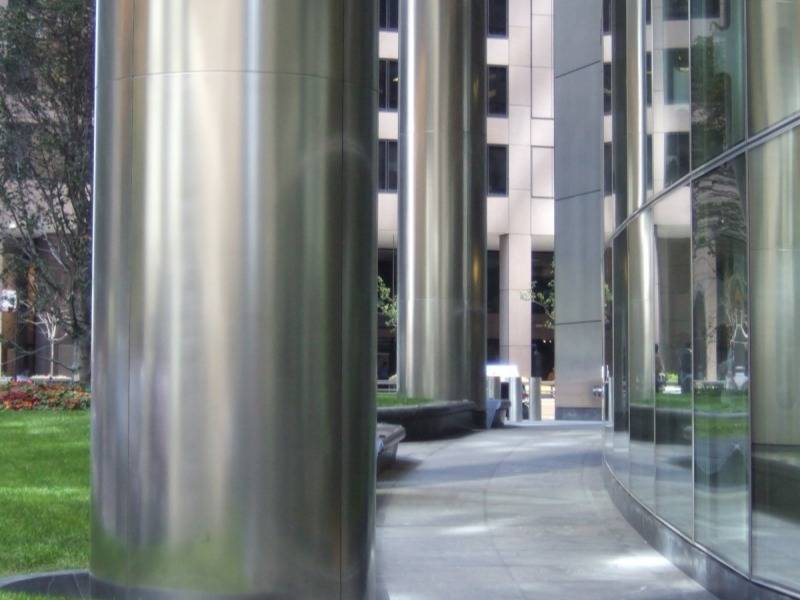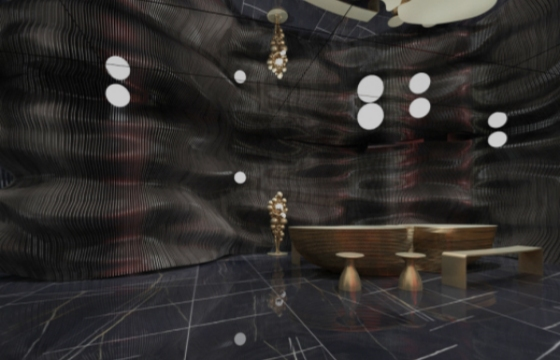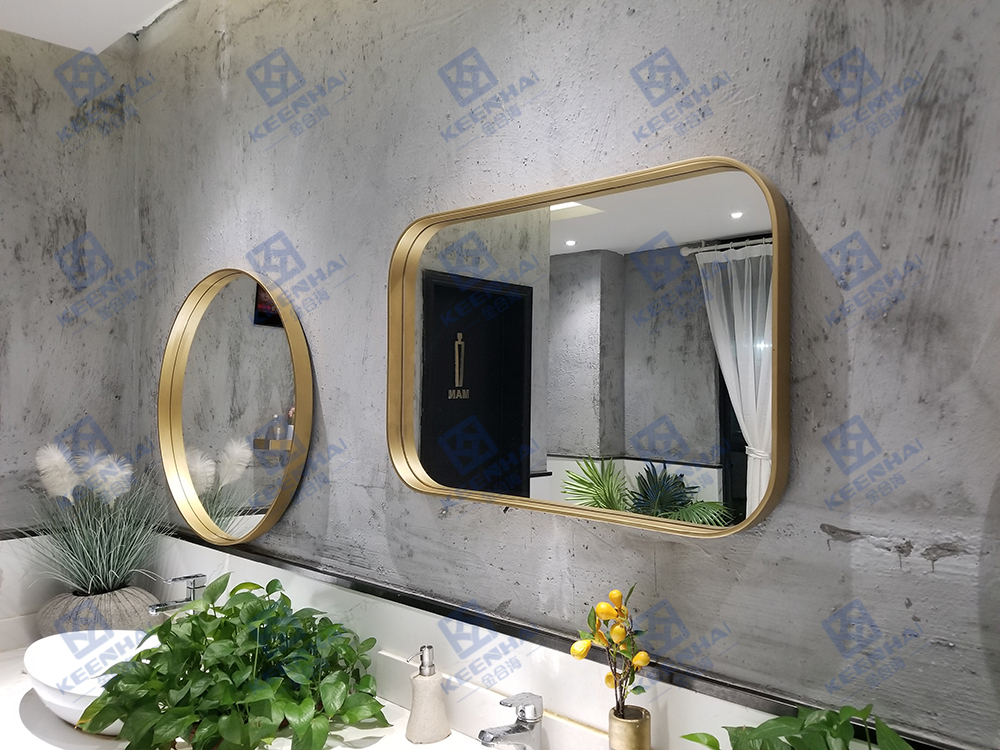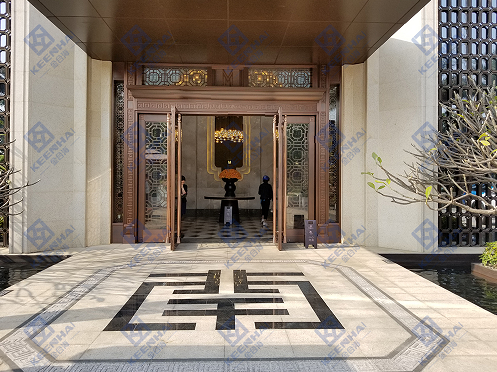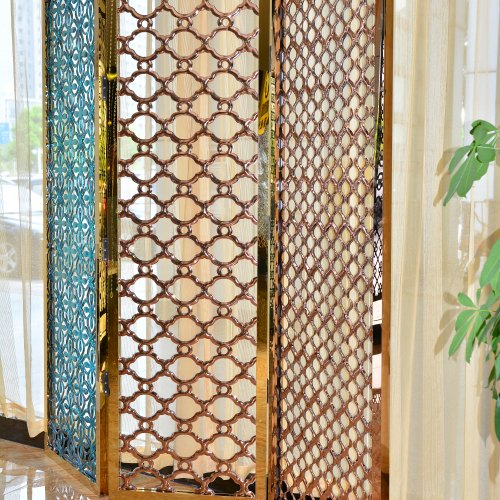Introduction
Choosing the right materials is crucial for the success of any construction project. Stainless steel stands out due to its strength, resistance to corrosion, and long-lasting performance. This article explores why stainless steel is often the material of choice in the construction industry, especially when compared to alternatives like carbon steel, aluminum, and concrete.
Overview of Stainless Steel Material
Stainless steel is an alloy made primarily of iron and chromium, with added elements such as nickel and molybdenum. Its defining feature is its ability to resist corrosion, thanks to the protective oxide layer that forms on its surface. This property makes it highly durable in a range of environments, whether exposed to harsh chemicals, extreme temperatures, or moisture.
Common Grades of Stainless Steel Material:
- 304 گریڈ: Known for its versatility and excellent corrosion resistance, commonly used in a variety of construction applications.
- 316 گریڈ: Contains molybdenum, offering superior resistance to chlorides, making it ideal for marine environments.
- 430 گریڈ: A more cost-effective option with moderate corrosion resistance, ideal for decorative uses.
Key Properties:
- Strength: Stainless steel has a high tensile strength, which is crucial for structural applications where weight-bearing capacity is important.
- Corrosion Resistance: Unlike many other metals, stainless steel resists rust and degradation, making it highly reliable for use in various environments.
- Durability: Stainless steel material’s robustness ensures it withstands mechanical stress, heavy loads, and environmental factors without degrading over time.
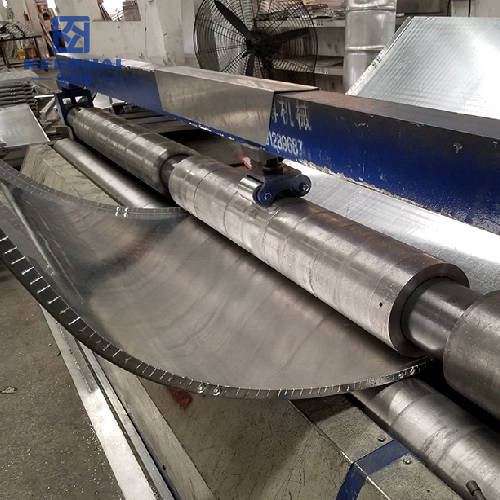
Comparison with Other Construction Materials
a. Stainless Steel Material vs. Carbon Steel
- Corrosion Resistance: Carbon steel is highly susceptible to rust when exposed to moisture. In contrast, stainless steel forms a protective oxide layer that prevents corrosion and ensures long-term durability.
- Maintenance: Carbon steel requires regular maintenance to protect it from corrosion, while stainless steel material only requires minimal cleaning to maintain its appearance and performance.
- Longevity: Stainless steel outperforms carbon steel in terms of lifespan, as it is more resistant to wear, rust, and degradation over time.
b. Stainless Steel Material vs. Aluminum
- Strength and Weight: Aluminum is lighter than stainless steel but lacks the same tensile strength. For applications requiring more load-bearing capacity, stainless steel material is the superior choice.
- Durability: While aluminum is corrosion-resistant, stainless steel material is more durable under mechanical stress and extreme environmental conditions.
- Cost: Stainless steel may have a higher initial cost, but its durability and low maintenance requirements make it a more cost-effective material in the long term.
c. Stainless Steel Material vs. Concrete
- Strength and Flexibility: Concrete is strong under compression but weak under tension, often requiring additional reinforcement. Stainless steel, on the other hand, performs well in both tension and compression, providing greater flexibility in construction.
- Corrosion Resistance: Concrete is vulnerable to cracks and moisture infiltration, leading to deterioration. Stainless steel resists corrosion, ensuring that structures made with it remain intact for decades.
- Longevity: Concrete structures need frequent repairs and maintenance, whereas stainless steel requires minimal upkeep and can last much longer without significant wear.
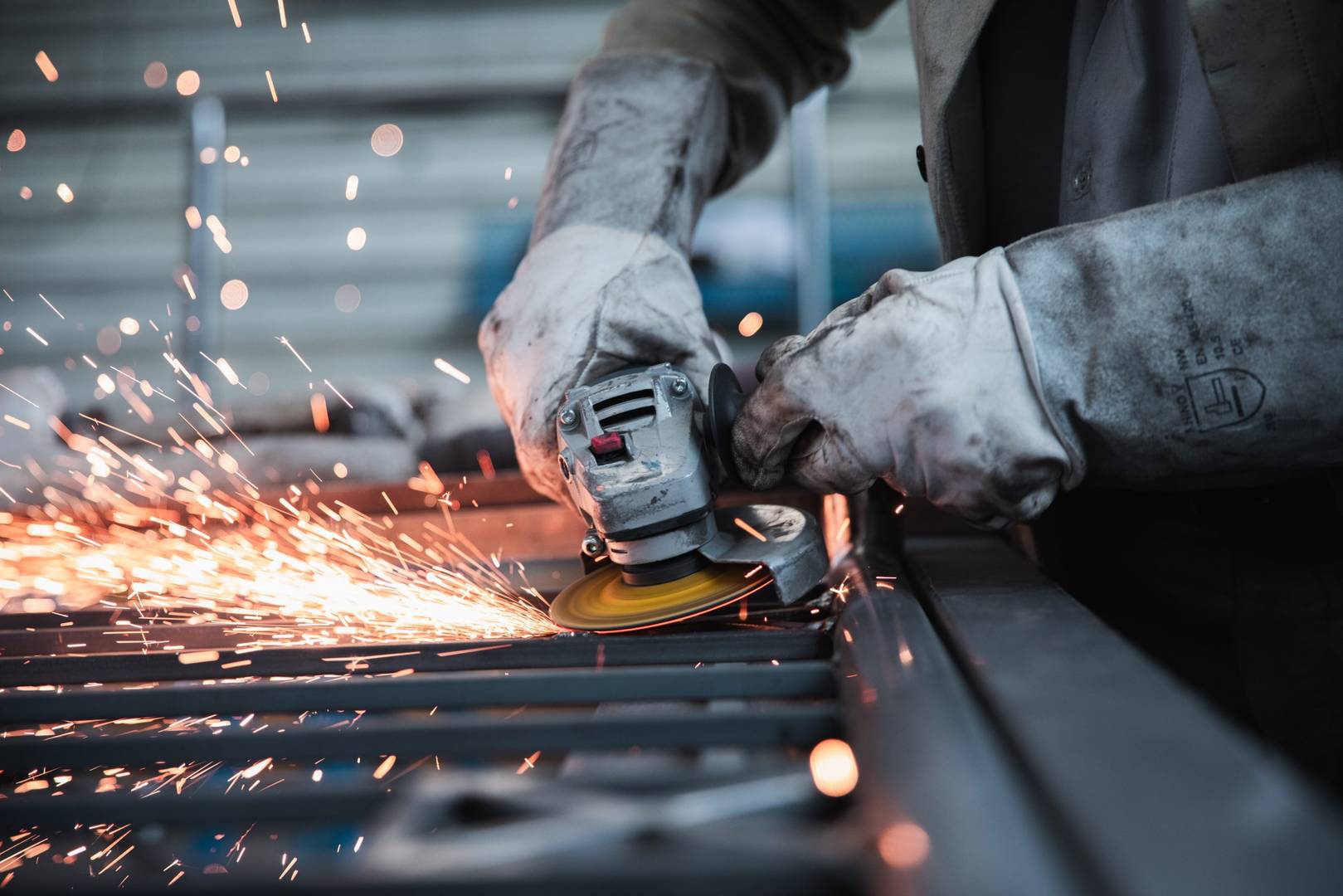
Key Benefits in Construction
- a. Durability and Longevity: Stainless steel material’s superior durability makes it resistant to harsh environmental conditions, from high humidity and extreme temperatures to exposure to chemicals. It is a long-lasting material that can stand the test of time, even in the most demanding construction environments.
- b. Aesthetic Appeal: Stainless steel is known for its modern, sleek appearance. It can be used for both structural and decorative purposes, giving buildings a polished, contemporary look. Unlike other materials, stainless steel material maintains its shine and appearance over the years without fading or deteriorating.
- c. Sustainability: An important feature of stainless steel is that it is 100% recyclable, meaning it can be reused without losing its quality. This makes it an environmentally friendly option for construction projects, contributing to the sustainability of the built environment. The long lifespan of stainless steel also reduces the need for frequent replacements, further minimizing its environmental impact.
Performance in Challenging Environments
- Marine and Coastal Areas: Stainless steel is ideal for use in environments exposed to saltwater, as its resistance to chloride corrosion ensures that it performs well in marine and coastal applications.
- Industrial Environments: Stainless steel material’s durability makes it the preferred choice for industries that deal with chemicals, acids, and extreme temperatures. It resists degradation in even the harshest conditions.
- Extreme Weather Conditions: Stainless steel is well-suited for structures exposed to extreme weather conditions, whether hot or cold. Its ability to maintain structural integrity under various climates makes it a versatile choice for global projects.
Cost Considerations
- a. Initial Cost vs. Long-Term Value: While stainless steel material may have a higher initial cost than alternatives like aluminum or carbon steel, its long lifespan, minimal maintenance needs, and resistance to wear make it a better value in the long run. Investing in stainless steel ensures that construction projects will stand the test of time without incurring excessive repair costs.
- b. Maintenance Savings: One of the key advantages of stainless steel is its low maintenance requirements. Unlike materials that require regular coating, repainting, or sealing, stainless steel material simply needs occasional cleaning to maintain its appearance. This results in significant savings over the lifespan of a structure.
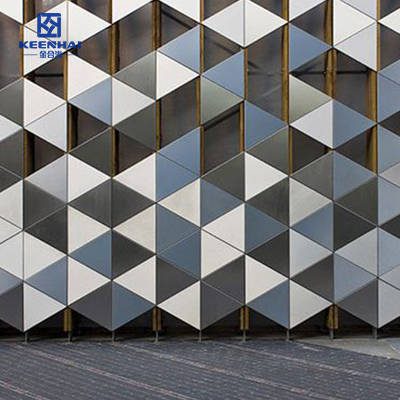
Real-world Applications
- Iconic Structures: Stainless steel is used in iconic buildings like the Burj Khalifa and the Sydney Opera House, where its combination of strength and aesthetic appeal shines.
- Infrastructure: Stainless steel material is widely used in infrastructure projects such as bridges, tunnels, and railways due to its durability and ability to withstand wear and corrosion.
- Commercial Buildings: Stainless steel is commonly used in commercial buildings for both structural and decorative purposes. Its versatility and minimal maintenance make it a popular choice for developers.
Stainless steel continues to be a top choice in construction due to its outstanding strength, corrosion resistance, and long-lasting performance. Though other materials like carbon steel, aluminum, and concrete have their own merits, stainless steel outshines them all in terms of durability, longevity, and low maintenance needs. By opting for stainless steel material in your next construction project, you are investing in quality, sustainability, and long-term value.
آپ ہماری وزٹ کر سکتے ہیں۔ ویب سائٹ مزید معلومات کے لیے یا تازہ ترین اپ ڈیٹس اور پروجیکٹ کی جھلکیوں کے لیے ہمارا فیس بک پیج دیکھیں۔ اگر آپ کے کوئی سوالات یا تعاون سے متعلق استفسارات ہیں، تو بلا جھجھک ہم سے رابطہ کریں، اور ہمیں آپ کی مدد کرنے میں خوشی ہوگی!


